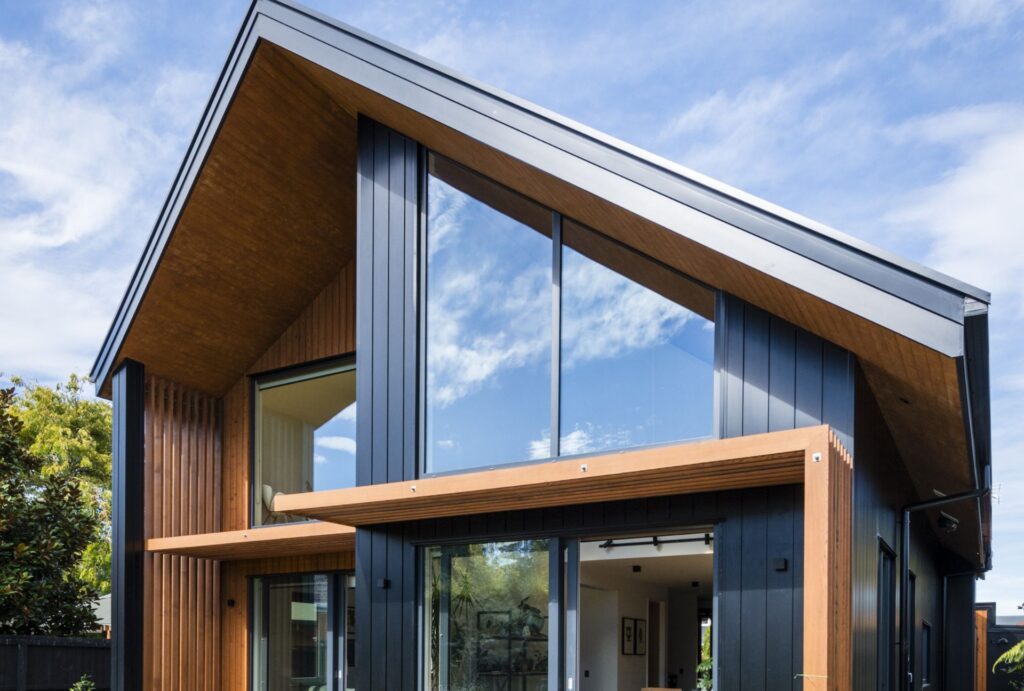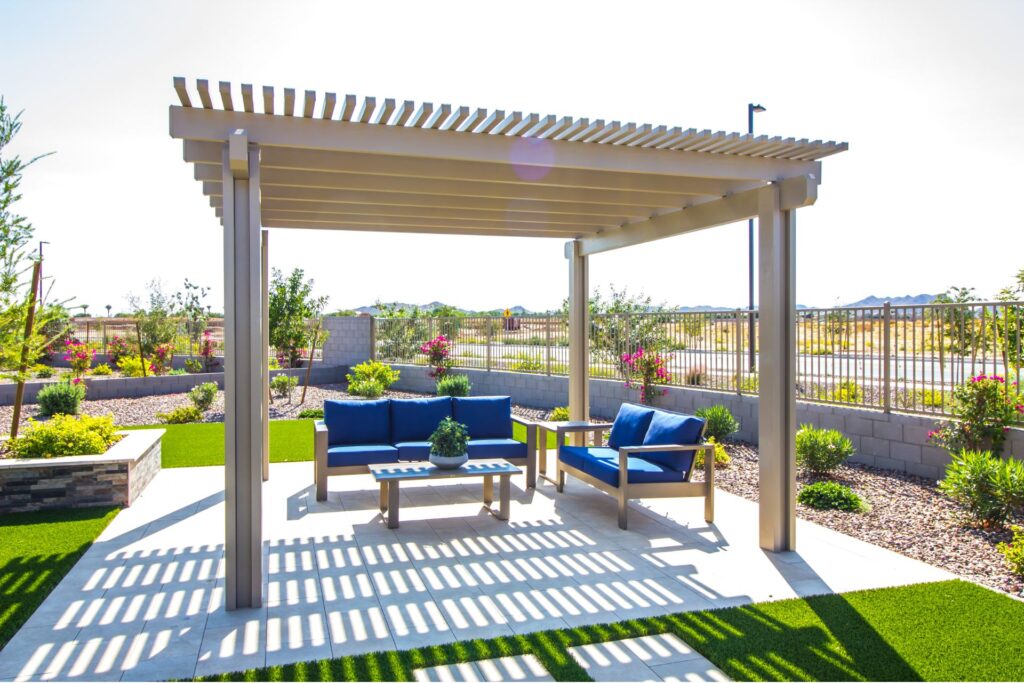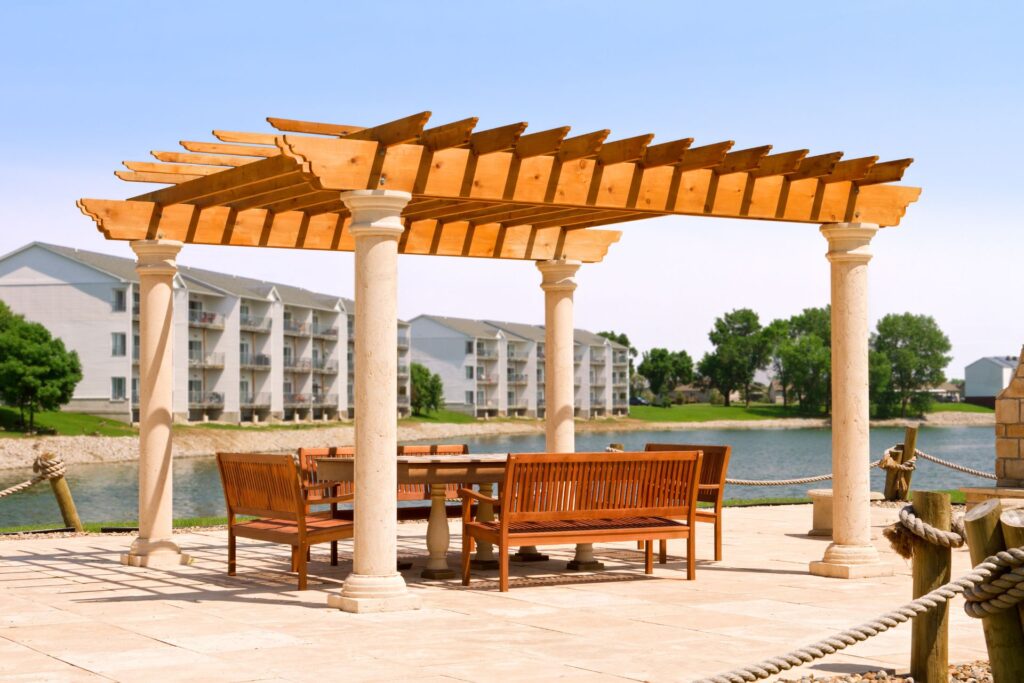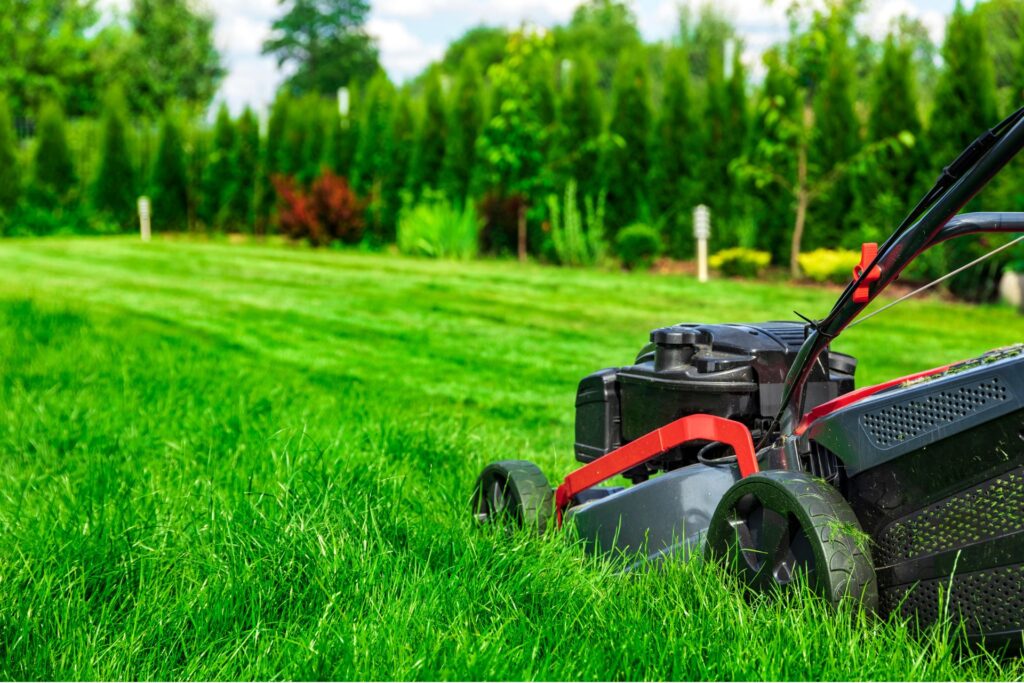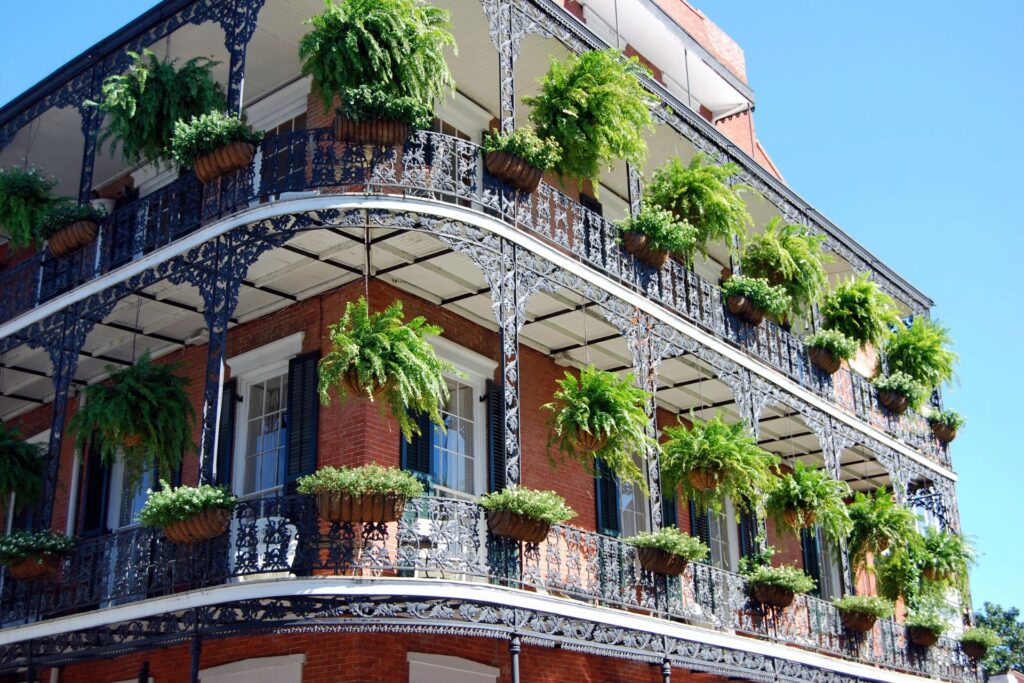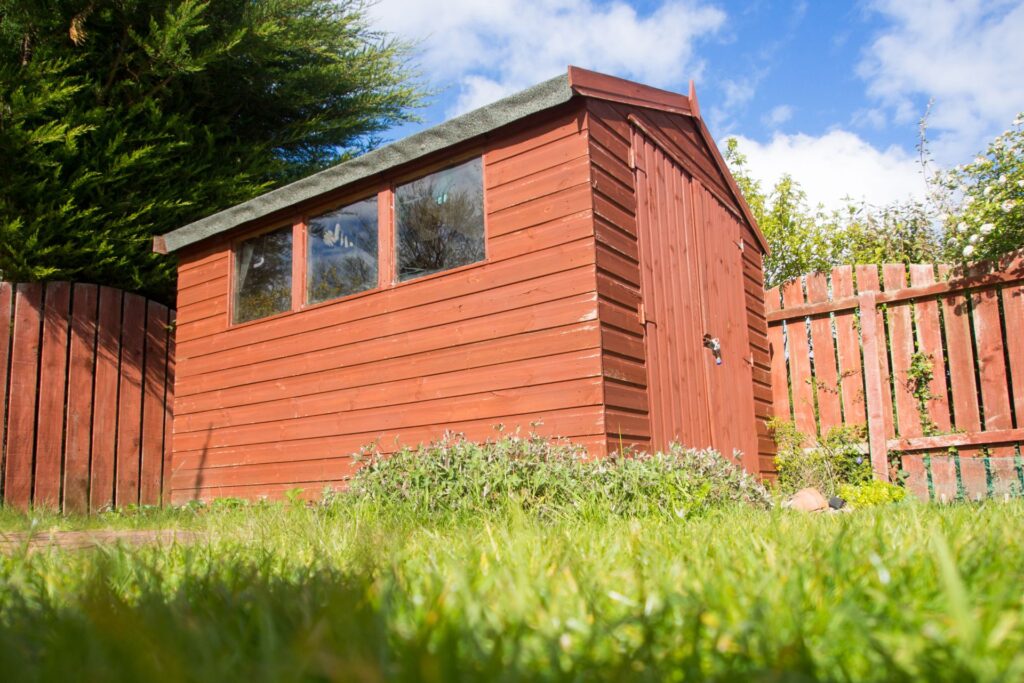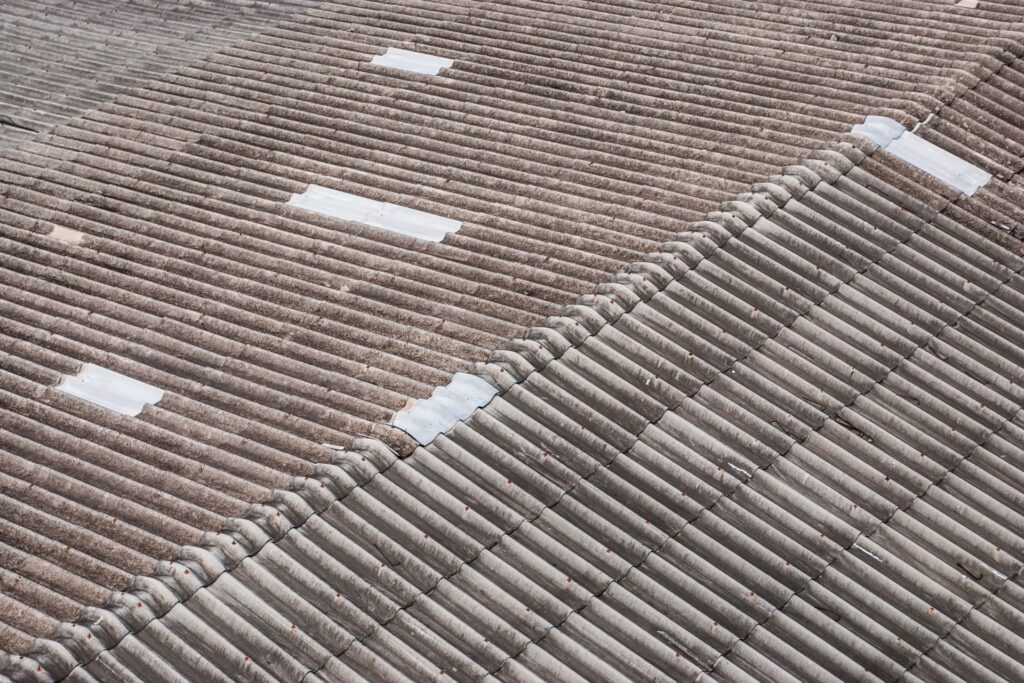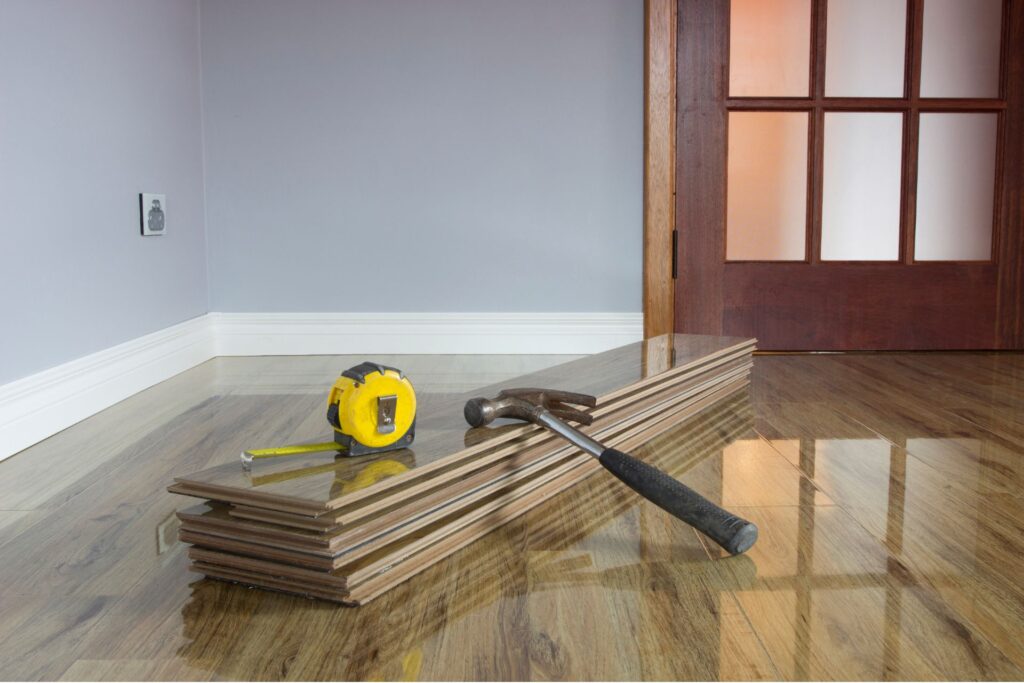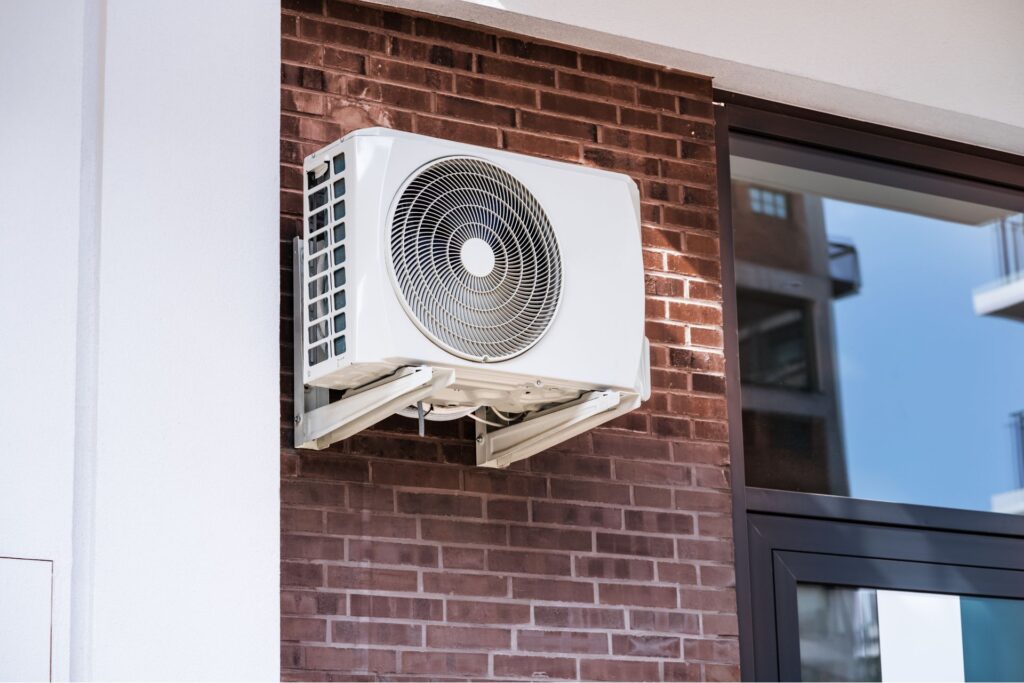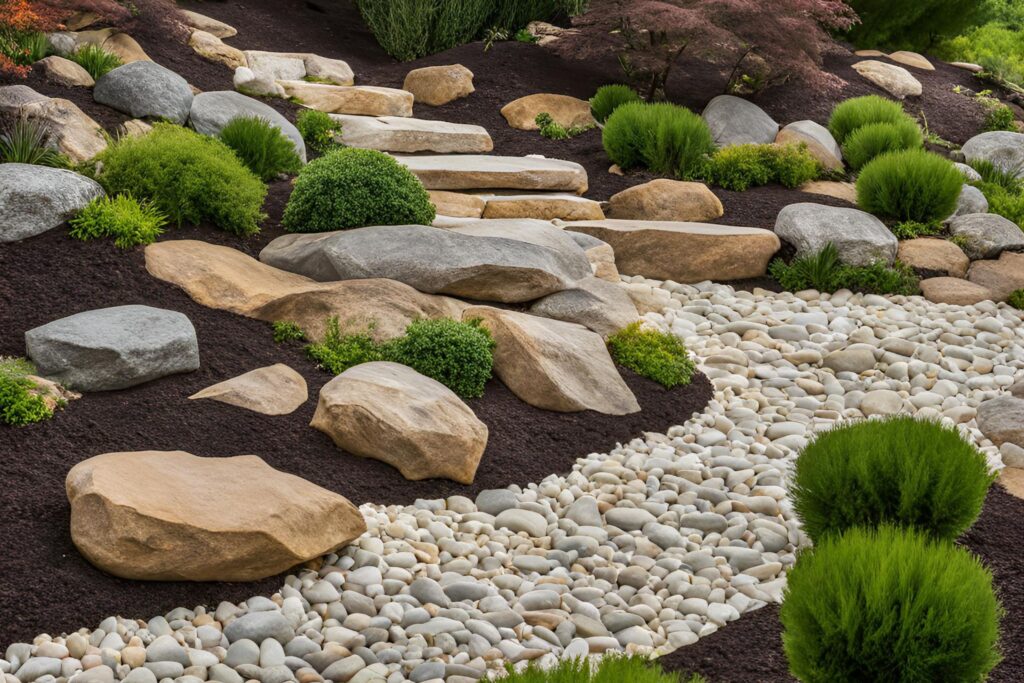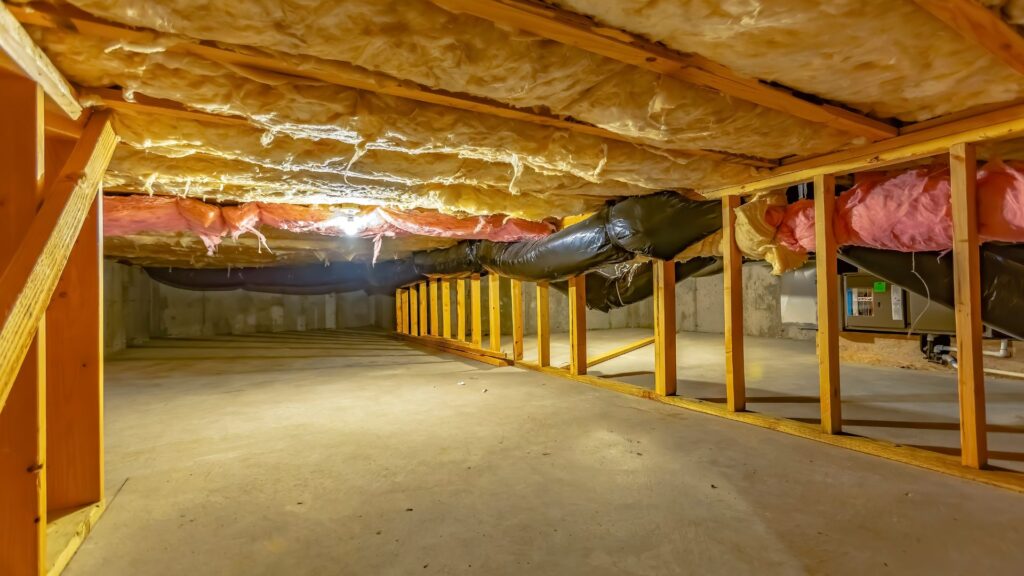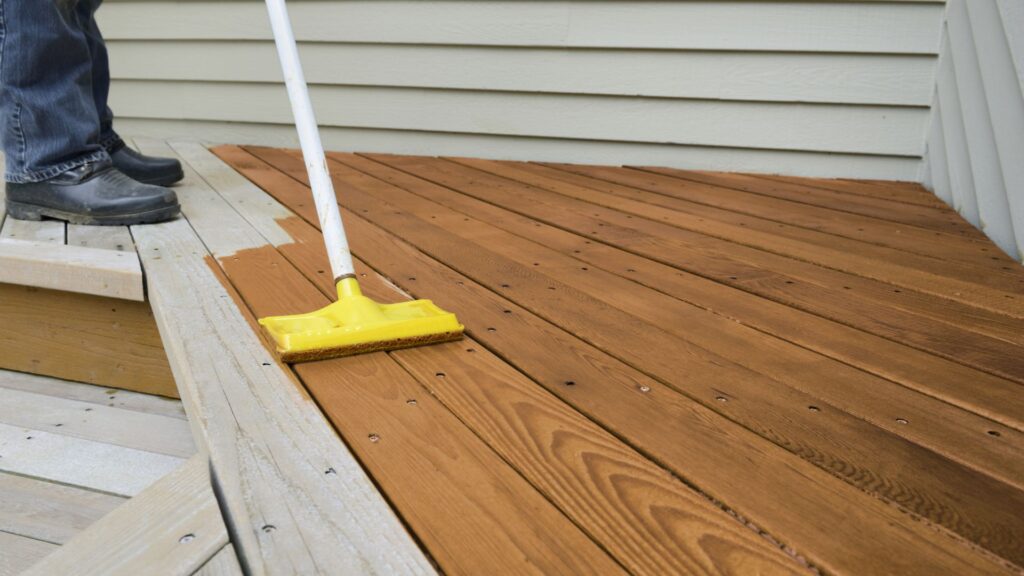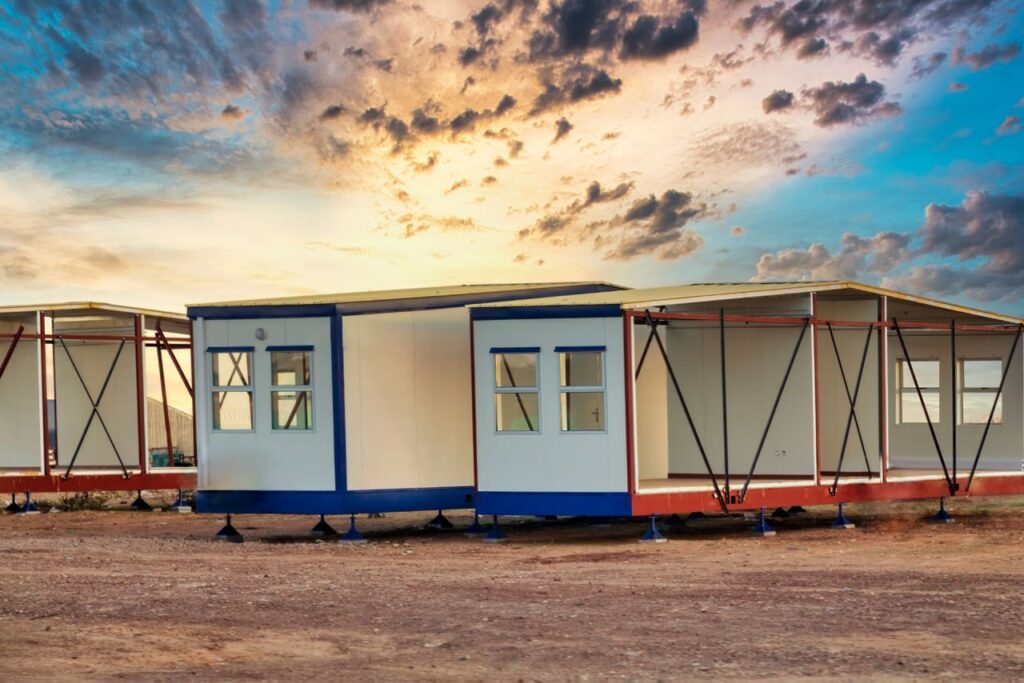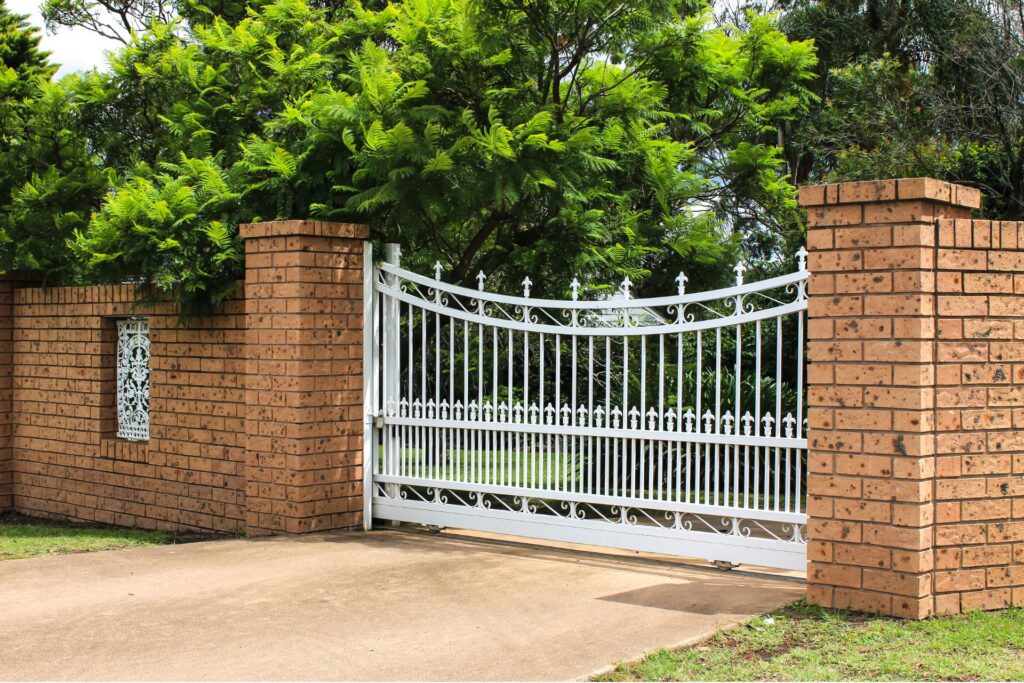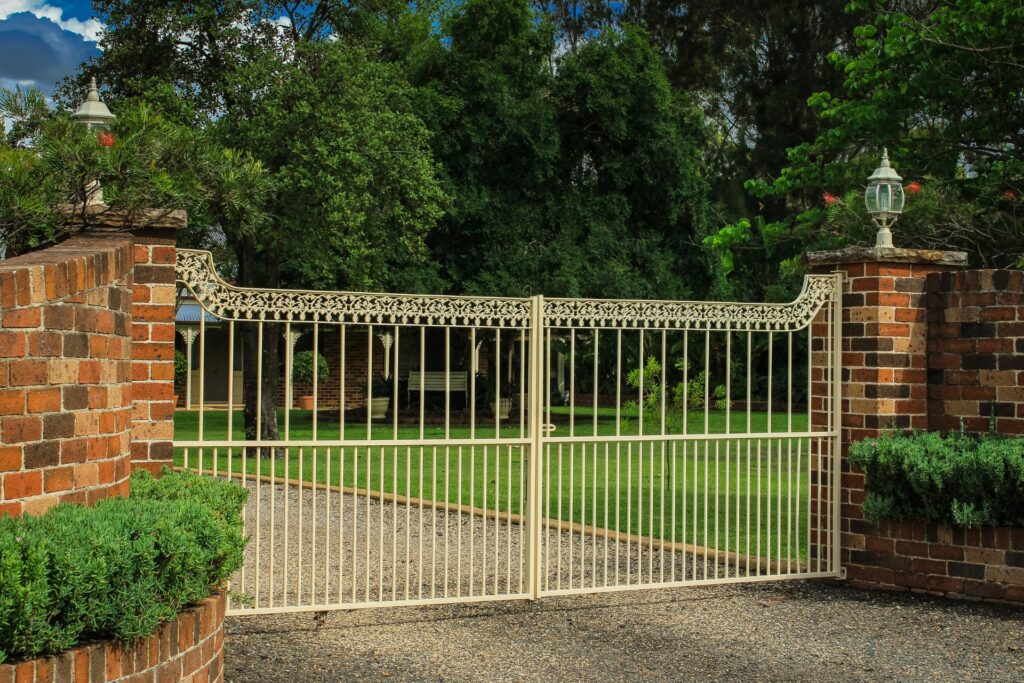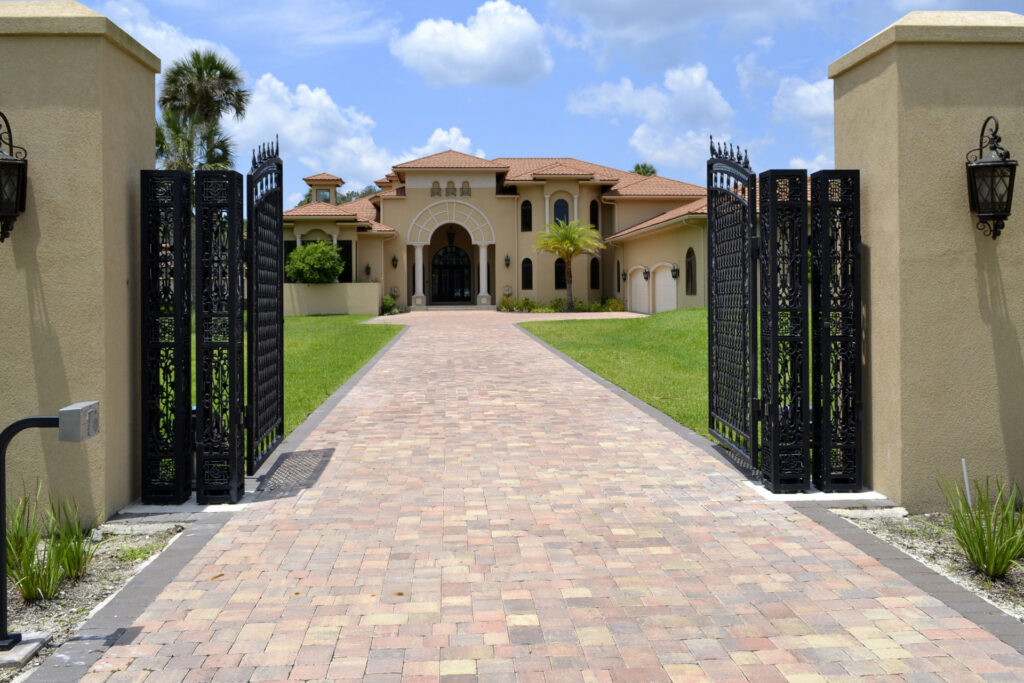Welcome to your ultimate guide on Low-E glass in New Zealand—the energy-efficient window solution that’s changing how Kiwis insulate their homes. If you’ve ever struggled with a house that’s too hot in summer or too cold in winter, you’re not alone. Many homeowners unknowingly lose heat through inefficient windows, leading to higher power bills and discomfort. That’s where Low-E (Low Emissivity) glass comes in—it’s specially designed to reflect heat while letting in natural light, helping you stay comfortable all year round. But what exactly is Low-E glass, how does it work, and is it worth the investment? In this guide, we’ll break it all down in simple terms, exploring its benefits, costs, and whether it’s the right choice for your NZ home.
Low-E (Low Emissivity) glass in New Zealand is a type of energy-efficient window glass coated with a thin, invisible layer that reduces heat transfer while allowing natural light to pass through. It helps keep homes warmer in winter and cooler in summer by reflecting infrared heat, improving insulation, and lowering energy costs. Ideal for NZ’s climate, Low-E glass also blocks harmful UV rays, protecting furniture from fading while enhancing indoor comfort.
- What Is Low-E Glass?
- How Does Low-E Glass Work?
- Benefits Of Low-E Glass In NZ Homes & Buildings
- Low-E Glass Vs. Other Window Options: How Does It Compare?
- Is Low-E Glass Worth It In New Zealand? (Cost Vs. Savings)
- Choosing The Right Low-E Glass For Your Home
- FAQs: About What Is Low-E Glass In NZ
- Conclusion
- Find A Professional Window Company Near You!
What Is Low-E Glass?
A Smarter, More Energy-Efficient Window Solution
If you’ve ever noticed how your home struggles to stay warm in winter or cool in summer, your windows might be the culprit. This is where Low-E glass comes in—a game-changer in modern home insulation. But what exactly is it?
Simply put, Low-E (Low Emissivity) glass is a special type of window glass designed to reduce heat transfer without compromising natural light. It has an ultra-thin, invisible coating that works to control how heat moves through your windows, making your home more energy-efficient, comfortable, and cost-effective throughout the year.
Unlike regular glass, which allows heat to pass through freely, Low-E glass acts as a thermal barrier, helping to keep warmth inside during winter and blocking excessive heat during summer. This means lower energy bills, better indoor temperature control, and added protection from harmful UV rays.
How Does Low-E Glass Work? The Science Made Simple
While it may sound complicated, the science behind Low-E glass is incredibly straightforward. The key to its effectiveness lies in a microscopic metallic coating that is applied to the glass surface.
This special coating is designed to reflect infrared (heat) energy while allowing visible light to pass through. Here’s a simple way to think about it.
- In Winter: Low-E glass reflects indoor heat back inside, preventing warmth from escaping through your windows.
- In Summer: It blocks outside heat from entering, keeping your home cooler and reducing the need for excessive air conditioning.
Imagine Low-E glass as sunscreen for your windows—it protects your home from unwanted heat while still letting in the natural light you need.
Why Is Low-E Glass A Must-Have For Homes In NZ?
New Zealand’s climate can be unpredictable, with cold winters and warm summers, making energy-efficient solutions like Low-E glass essential for year-round comfort. Whether you’re looking to cut down on heating costs in Christchurch or keep your home cool in Auckland, Low-E glass adapts to your climate needs.
With energy prices on the rise, installing Low-E glass is a smart investment that not only improves comfort but also saves money in the long run. Plus, it’s an eco-friendly option, reducing energy consumption and minimizing your carbon footprint.
If you want better insulation, lower energy bills, and enhanced indoor comfort, Low-E glass is a must-have upgrade for your windows. It’s a simple yet powerful technology that makes a big difference in how your home feels throughout the year.
Thinking about making the switch? Whether you’re building a new home or upgrading your existing windows, Low-E glass is one of the best investments you can make for a more energy-efficient and sustainable home.
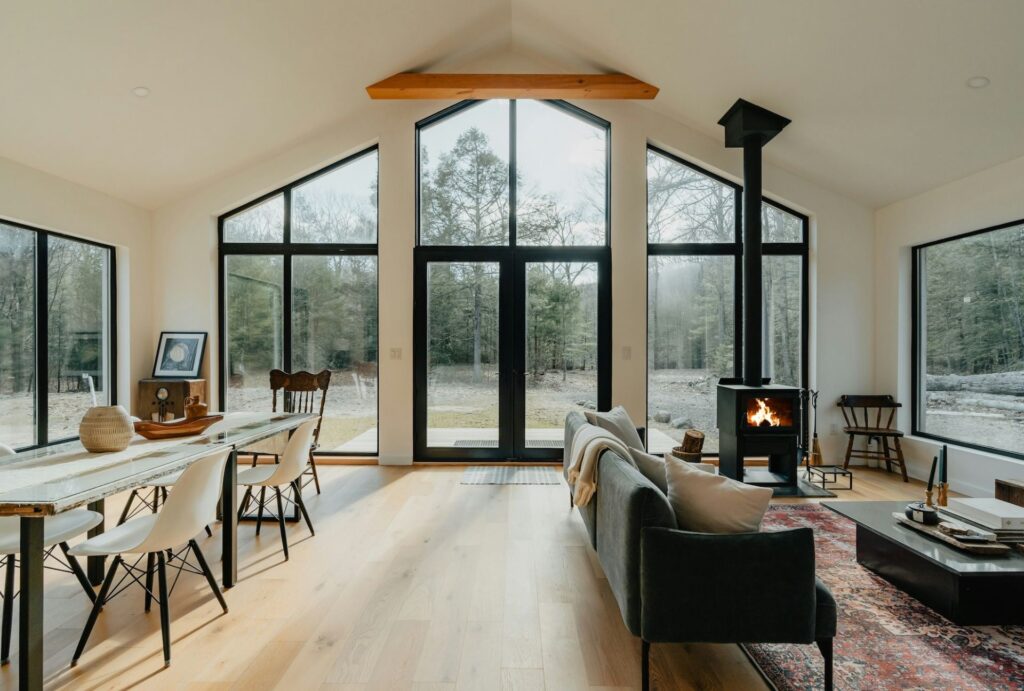
How Does Low-E Glass Work?
Low-E (Low Emissivity) glass is a game-changer for homeowners looking to improve energy efficiency while maintaining natural light and comfort indoors. Unlike standard glass, which allows heat to pass through freely, Low-E glass is coated with a microscopic, invisible layer of metal or metallic oxide that helps regulate indoor temperatures. This innovative design allows it to work in two key ways, depending on the season.
Reducing Heat Loss In Winter: Keeping Your Home Warm
One of the biggest challenges for homeowners, especially in colder regions of New Zealand, is heat loss through windows. Standard glass does little to retain warmth, meaning your home loses heat quickly, and you end up relying more on heating systems—leading to higher energy bills.
Low-E glass helps solve this issue by reflecting indoor heat back into your home instead of letting it escape through the glass. This is possible because the Low-E coating blocks infrared radiation, which is the type of heat energy produced by heaters, fireplaces, and even body warmth.
How It Works
- The Low-E coating acts like a thermal mirror, bouncing heat back inside while still letting in natural daylight.
- This significantly reduces heat loss, making your home warmer and more energy-efficient during winter.
- Homeowners using Low-E glass with double glazing experience even better insulation, as the air gap between panes acts as an additional barrier against heat loss.
- Bottom Line: If you live in colder areas of New Zealand, installing Low-E glass can help maintain a warmer indoor temperature while reducing heating costs.
Blocking UV Rays & Excessive Heat In Summer: Preventing Overheating
New Zealand is known for its harsh sun and high UV exposure, making homes prone to overheating, especially during the peak summer months. Standard glass allows the sun’s heat and harmful UV rays to enter freely, making rooms feel hot and uncomfortable while also damaging furniture, flooring, and curtains.
Low-E glass prevents excessive heat buildup by reflecting solar radiation away from your home while still allowing visible light to pass through.
How It Works
- The Low-E coating reflects infrared heat from the sun, preventing it from entering your home and causing overheating.
- It also blocks up to 99% of harmful UV rays, helping protect furniture, carpets, and artwork from fading over time.
- As a result, your home stays cooler and more comfortable, and you rely less on air conditioning—leading to energy savings.
- Bottom Line: If your home gets too hot in summer, Low-E glass helps regulate indoor temperatures by reducing heat gain while protecting your interiors from UV damage.
Hard-Coat Vs. Soft-Coat Low-E Glass: Which One Is Right For You?
Not all Low-E glass is the same. There are two main types of Low-E coatings, and choosing the right one depends on your climate and insulation needs.
Hard-Coat Low-E Glass: Built For Durability & Cold Climates
Hard-coat Low-E glass, also known as pyrolytic Low-E glass, is applied while the glass is still in a molten state, making it fused into the surface and highly durable.
- Best For: Cold climates or areas where durability is a priority.
- Key Benefits
- Extremely strong and resistant to scratches.
- Can be used in single-pane windows if needed.
- Less efficient at blocking heat, but effective at retaining warmth in winter.
- Bottom Line: If you live in a colder part of New Zealand, hard-coat Low-E glass can help keep heat inside while offering long-lasting durability.
Soft-Coat Low-E Glass: Superior Energy Efficiency For Mixed Climates
Soft-coat Low-E glass, also called sputtered Low-E glass, is applied after the glass has been manufactured in a vacuum-sealed chamber. This process allows for better energy efficiency and performance compared to hard-coat Low-E glass.
- Best For: NZ’s mixed climate, where summers are hot, and winters are cold.
- Key Benefits
- Superior insulation—better at both keeping heat inside in winter and blocking heat in summer.
- More effective at reducing UV exposure compared to hard-coat Low-E glass.
- Often combined with double glazing for maximum efficiency.
- Bottom Line: If you’re looking for the best year-round energy efficiency, soft-coat Low-E glass is the ideal choice for New Zealand’s climate.
Low-E glass works year-round to create a more comfortable, energy-efficient home by.
- Retaining heat in winter, reducing heating costs.
- Blocking excess heat in summer, preventing overheating.
- Filtering harmful UV rays, protecting furniture and skin.
- Lowering energy bills, making homes more sustainable.
If you’re considering upgrading your windows, Low-E glass is one of the best investments for enhancing comfort, energy efficiency, and long-term savings.
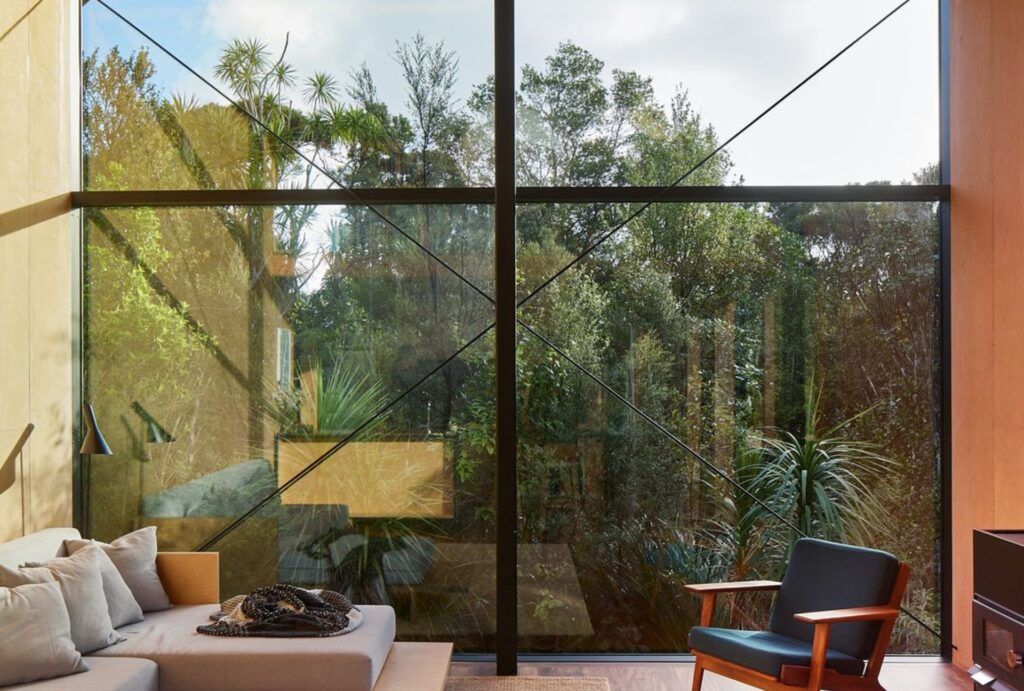
Benefits Of Low-E Glass In NZ Homes & Buildings
As New Zealanders look for smarter ways to improve home comfort and energy efficiency, Low-E glass has become a popular solution for modern windows. This advanced glazing technology offers numerous benefits, from reducing power bills to protecting interiors from sun damage. If you’re considering upgrading your windows, here’s a closer look at why Low-E glass is a smart investment for homes and buildings in NZ.
A. Energy Efficiency & Cost Savings
One of the most significant advantages of Low-E glass is its ability to enhance energy efficiency, helping homeowners cut down on heating and cooling costs.
- Reduces The Need For Heating & Cooling: New Zealand’s climate varies from the warmer North Island to the cooler South Island, meaning homes often need both heating in winter and cooling in summer. Low-E glass acts as an insulating barrier, reflecting heat back inside during winter while blocking excess heat during summer. This helps maintain a stable indoor temperature without over-reliance on heaters or air conditioning units.
- Lowers Power Bills By Improving Home Insulation: With rising energy costs in NZ, homeowners are searching for ways to reduce power consumption. Because Low-E glass minimizes heat transfer, your home stays warmer in winter and cooler in summer, reducing the demand for electricity. Over time, this can lead to significant savings on monthly power bills, making Low-E glass a cost-effective choice in the long run.
- Did You Know?: A well-insulated home with Low-E glass can cut heating and cooling costs by 10-30% compared to homes with standard glass windows.
B. UV Protection & Interior Preservation
Natural sunlight is great for brightening up your home, but too much UV exposure can be damaging. Without proper window protection, ultraviolet (UV) rays can fade furniture, damage flooring, and even pose health risks.
- Blocks Up To 99% Of Harmful UV Rays: Low-E glass is designed with a special invisible metallic coating that acts as a UV filter. This means it can block up to 99% of harmful UV rays, preventing gradual fading and deterioration of indoor items like furniture, curtains, artwork, and carpets.
- Protects Skin Health Indoors: You may not realize it, but UV rays can still cause skin damage even when you’re inside your home. Prolonged exposure to UV radiation through untreated windows can contribute to premature aging and increased skin cancer risks. Low-E glass helps by significantly reducing UV exposure, making your home safer for you and your family.
- Pro Tip: If you have large windows that let in a lot of sunlight, upgrading to Low-E glass can help extend the lifespan of your interior furnishings while ensuring a healthier living environment.
C. Increased Comfort & Temperature Control
New Zealand’s weather can be unpredictable, and without the right windows, you might experience hot spots in summer or cold drafts in winter. Low-E glass enhances indoor comfort by keeping temperatures stable and eliminating extreme temperature fluctuations.
- Prevents Hot Spots & Cold Drafts Near Windows: Traditional glass allows heat to pass through easily, which can create uncomfortable hot zones near windows in summer. In winter, poorly insulated glass leads to cold drafts, making certain rooms difficult to heat. Low-E glass solves these issues by regulating indoor temperatures more effectively.
- Keeps Indoor Temperatures More Consistent & Comfortable: Whether you’re in Auckland’s humid summers or Queenstown’s chilly winters, Low-E glass helps maintain a consistent indoor climate. With less heat loss and heat gain, you’ll notice fewer temperature fluctuations—making your home feel cozy in winter and refreshing in summer.
- Real-Life Impact: Many homeowners who switch to Low-E glass report that their homes feel naturally warmer in winter and cooler in summer, reducing the need to constantly adjust thermostats.
D. Environmental Benefits
With more Kiwis focusing on sustainability, upgrading to Low-E glass is a great way to make homes more eco-friendly while reducing overall energy consumption.
- Reduces Carbon Footprint By Lowering Energy Consumption: The less energy your home consumes, the lower your carbon footprint. Since Low-E glass helps regulate indoor temperatures without overusing heating and cooling systems, it naturally reduces energy waste, leading to a more environmentally responsible home.
- Helps NZ Homes Become More Sustainable & Eco-Friendly: New Zealand is striving for better energy efficiency standards, and choosing Low-E glass aligns with sustainable building practices. It’s an excellent option for homeowners looking to increase energy efficiency, reduce reliance on fossil fuels, and contribute to a greener future.
- Bonus Tip: If you’re planning a home renovation or building a new house, check if your city or region offers rebates or incentives for energy-efficient upgrades like Low-E glass.
Absolutely! Whether you’re looking to cut down on energy bills, improve home comfort, or protect your interiors, Low-E glass is a smart investment for any NZ home or building. With benefits like superior insulation, UV protection, and reduced environmental impact, it offers a long-term solution for healthier, more efficient living spaces.
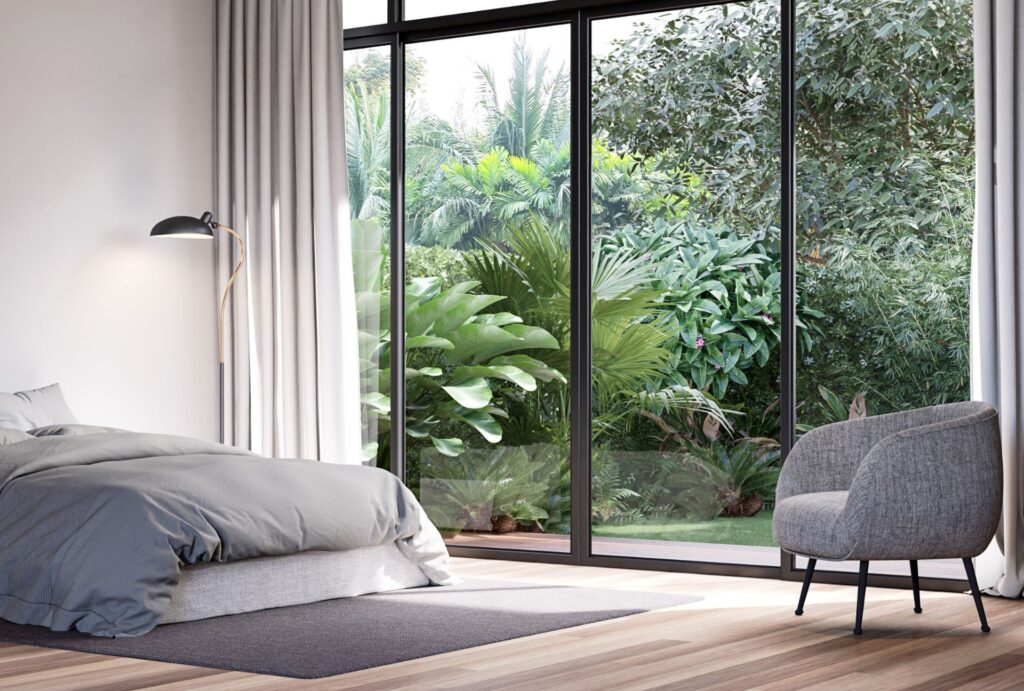
Low-E Glass Vs. Other Window Options: How Does It Compare?
When choosing the right windows for your home, it’s essential to understand how different options impact energy efficiency, insulation, UV protection, and cost. Homeowners in New Zealand often debate whether to invest in Low-E glass, standard glass, or double glazing, but the best choice depends on your long-term goals. Let’s break down how these options compare and why Low-E glass stands out as a smart investment.
Why Low-E Glass Is A Better Investment Than Regular Glass
1. Energy Efficiency & Cost Savings
Regular glass allows significant heat transfer, meaning heat escapes easily in winter and enters your home in summer. This results in higher power bills because your heating and cooling systems need to work harder to maintain a comfortable temperature.
Low-E glass, on the other hand, is designed to reflect infrared heat back inside during winter and prevent excessive heat from entering in summer. This reduces energy consumption, leading to lower electricity costs over time. While it may have a slightly higher upfront price than standard glass, the long-term energy savings make it a cost-effective investment for homeowners.
2. Better UV Protection For Your Home
One of the biggest downsides of standard glass is its inability to block harmful UV rays. Prolonged UV exposure causes furniture, flooring, and curtains to fade over time, leading to costly replacements.
Low-E glass blocks up to 99% of UV rays, helping protect your interior while still allowing natural light to enter. This means you can enjoy a brighter home without worrying about sun damage to your belongings.
3. Improved Insulation & Comfort
If you’ve ever sat near a window in winter and felt a cold draft, it’s likely due to poor insulation from regular glass. Standard windows do very little to regulate indoor temperatures, making homes too cold in winter and too hot in summer.
Low-E glass adds an extra layer of insulation, reducing heat transfer and keeping your home at a stable temperature year-round. This means fewer hot spots, less condensation, and a more comfortable living space.
Low-E Glass Vs. Double Glazing: How They Work Together For Ultimate Insulation
While Low-E glass is a great standalone option, it becomes even more powerful when combined with double glazing. Here’s how they work together to create the ultimate energy-efficient window solution.
1. Double Glazing Provides Extra Insulation
Double glazing consists of two glass panes with a gap in between, which acts as a barrier to reduce heat transfer. This design significantly improves insulation and soundproofing, making it ideal for cold climates or noisy environments.
2. Low-E Glass Enhances Double Glazing Performance
Adding Low-E glass to double glazing takes insulation to the next level. The Low-E coating reflects infrared heat, further reducing heat loss in winter and heat gain in summer. This combination.
- Reduces energy bills even more by minimizing heat loss and heat gain.
- Creates a more comfortable indoor environment by keeping temperatures stable.
- Blocks UV rays more effectively, protecting furniture and reducing glare.
3. Best Choice For New Zealand Homes
New Zealand’s climate varies, with warmer regions needing heat reduction and colder regions requiring better insulation. Low-E double glazing offers the best of both worlds, keeping your home comfortable in all seasons.
For South Island homes with colder winters, double glazing with Low-E glass helps retain heat and prevents condensation on windows. For North Island homes, where summers can get warm, Low-E double glazing reduces overheating while still allowing natural light to pass through.
Low-E glass is a superior alternative to regular glass due to its energy efficiency, insulation, and UV protection. While standard glass is cheaper upfront, it costs more in the long run due to higher energy bills. For the best results, Low-E glass works best when combined with double glazing, creating a high-performance window solution that enhances insulation and comfort.
If you’re looking to reduce your energy bills, improve home comfort, and protect your interiors, investing in Low-E glass (or Low-E double glazing) is a smart move for NZ homeowners.
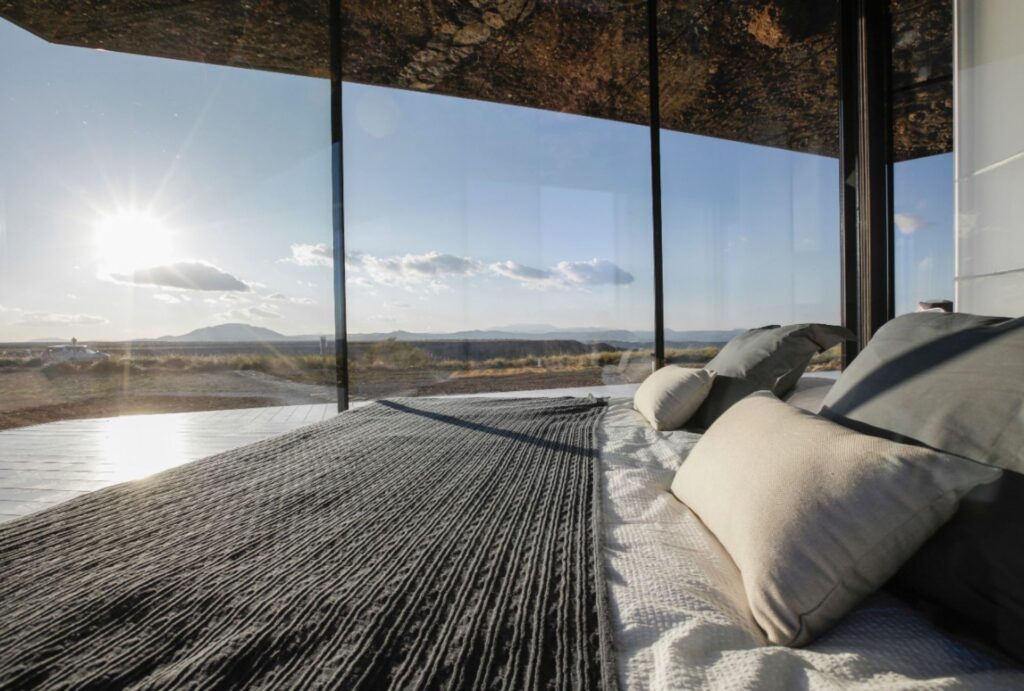
Is Low-E Glass Worth It In New Zealand? (Cost Vs. Savings)
When considering home improvements, many New Zealand homeowners wonder whether Low-E glass is worth the investment. With rising energy costs and a growing emphasis on sustainable living, making the right choice for your windows can significantly impact both your comfort and long-term savings. But how much does Low-E glass cost in NZ, and will it actually save you money on heating and cooling? Let’s break it down.
Initial Cost In NZ: How Much Does Low-E Glass Cost?
The cost of Low-E glass in New Zealand varies depending on several factors, including the type of glass, thickness, manufacturer, and whether it’s combined with double glazing. On average, Low-E glass costs between $150 to $300 per square meter, whereas standard clear glass typically ranges from $80 to $150 per square meter.
If you choose Low-E double glazing, which combines two panes of glass with a sealed insulating layer in between, the price can range from $300 to $600 per square meter, depending on the frame type and installation costs. While this may seem like a significant upfront investment, it pays off in the long run through lower energy bills and increased home value.
Why Is Low-E Glass More Expensive?
The additional cost comes from the special metallic coating applied to Low-E glass, which improves insulation by reducing heat transfer. This advanced technology makes it far more energy-efficient than regular glass, helping to maintain indoor temperatures and reduce reliance on heating and cooling systems.
Long-Term Savings: How Much Can You Save With Low-E Glass?
The real value of Low-E glass becomes evident when you consider the long-term savings on energy bills. New Zealand homes experience significant heat loss in winter and excess heat gain in summer, making heating and cooling expenses a major part of household budgets.
Studies show that Low-E glass can reduce energy costs by 10-30% depending on climate conditions, home size, and insulation levels. Here’s how it works.
- Winter Savings: Low-E glass helps retain indoor heat, meaning your heat pump or fireplace won’t have to work as hard to keep your home warm.
- Summer Savings: By reflecting excess solar heat, Low-E glass reduces the need for air conditioning or fans, keeping your home cooler naturally.
Real-World Example Of Energy Savings
A typical three-bedroom home in New Zealand spends around $2,500 per year on electricity, with a significant portion going to heating and cooling. By installing Low-E double-glazed windows, homeowners can expect to save $250 to $750 per year on power bills, depending on climate and usage.
Within 5 to 10 years, these energy savings can offset the initial investment, making Low-E glass a financially smart and eco-friendly choice.
Government Incentives & Rebates For Low-E Glass In NZ
To encourage energy-efficient home upgrades, some regional councils and energy providers in New Zealand offer subsidies or financing options for installing energy-efficient windows, including Low-E glass. While there is no nationwide rebate program specifically for Low-E glass, homeowners may be eligible for.
- EECA Warmer Kiwi Homes Program: Offers funding for insulation and heating upgrades, which may include energy-efficient glazing in some cases.
- Regional Council Grants: Some councils provide financial assistance or low-interest loans for eco-friendly home improvements.
- Bank Green Loans: Certain banks in NZ, like ANZ and Westpac, offer green home loans with low interest rates for installing sustainable features like Low-E glass.
It’s worth checking with local government websites or consulting with window installation specialists to see if you qualify for any available financial assistance.
If you’re building a new home or renovating, investing in Low-E glass is one of the smartest decisions you can make for energy efficiency, comfort, and long-term savings. Before making a final choice, consult a window expert to find the best Low-E glass option for your home and climate.
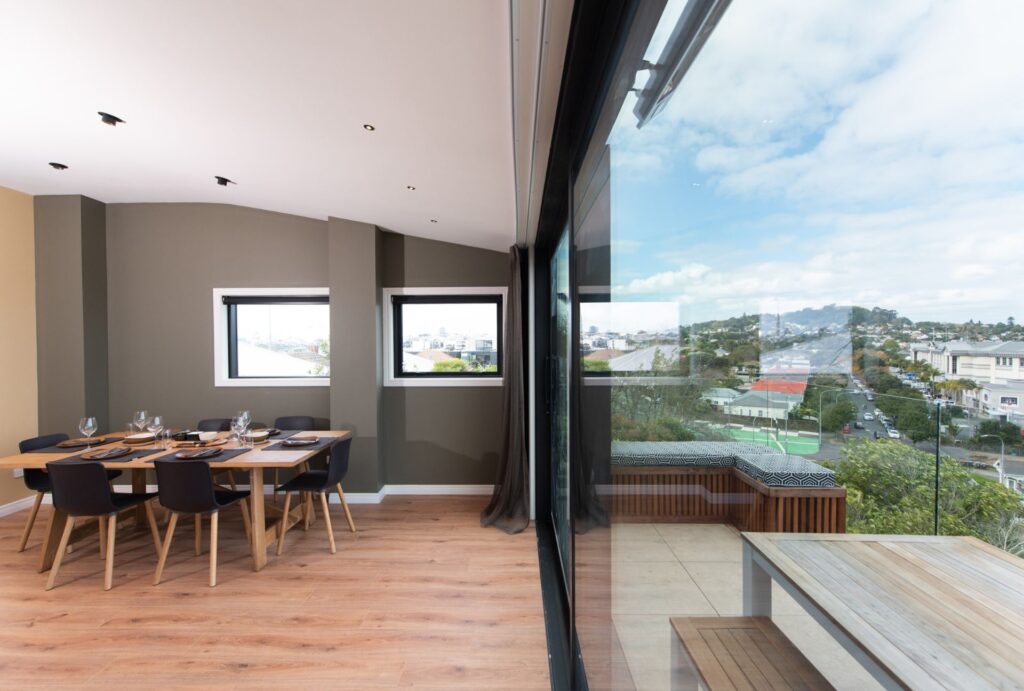
Choosing The Right Low-E Glass For Your Home
When selecting Low-E glass for your home in New Zealand, it’s essential to choose the right type based on your climate, design preferences, and existing windows. Not all Low-E glass is the same—different coatings, tints, and applications affect how well it performs in various conditions. Below, we’ll explore the key factors to consider so you can make the best decision for your home.
Climate Considerations In New Zealand
New Zealand’s diverse climate means that one type of Low-E glass may not work best for all regions. Understanding the differences between North and South Island climates can help you choose the right Low-E coating for optimal energy efficiency.
North Island Vs. South Island: What’s The Best Low-E Glass?
- Warmer Regions (North Island & Coastal Areas): Soft-Coat Low-E Glass Is Better If you live in Auckland, Wellington, or other warmer regions, you’ll need Low-E glass that blocks excess heat while still allowing natural light to pass through. Soft-coat Low-E glass is ideal because it has a higher ability to reflect solar heat, helping to reduce overheating and energy consumption from air conditioning.
- Colder Regions (South Island & Highland Areas): Hard-Coat Low-E Glass For Extra Insulation
If you live in Christchurch, Queenstown, or other colder areas, insulation is a top priority. Hard-coat Low-E glass is the best choice because it retains more indoor heat during winter, reducing heating costs. This type of glass allows some solar heat to enter while minimizing heat loss, making it perfect for chilly South Island winters.
By choosing the right Low-E glass coating based on your location, you can maximize comfort and energy savings year-round.
Glass Coating Options & Tints
Aside from climate considerations, you’ll also need to decide on coatings and tints that best suit your home’s style and functional needs.
Should You Choose Clear, Tinted, Or Reflective Low-E Glass?
- Clear Low-E Glass: Ideal for homeowners who want maximum natural light while still benefiting from energy efficiency. It offers invisible protection against heat loss and UV exposure, making it a versatile option for most homes.
- Tinted Low-E Glass: Best for areas with strong sunlight where glare reduction is needed. Tinted Low-E glass absorbs more solar radiation, which helps reduce brightness and creates a more comfortable indoor environment. It’s a great option for homes with large windows or west-facing rooms that receive intense afternoon sun.
- Reflective Low-E Glass: This type has a metallic coating that reflects more heat and light, making it ideal for hot climates or commercial buildings. It enhances privacy while reducing solar heat gain, though it may slightly reduce natural light inside the home.
Best Options For Different Home Designs & Styles
- Modern Homes: Clear or reflective Low-E glass works best, allowing for a sleek, contemporary look while maintaining energy efficiency.
- Traditional Homes: Tinted Low-E glass may complement classic home designs, especially if combined with timber or aluminum window frames.
- Coastal Homes: If you live near the ocean, consider soft-coat Low-E glass with an anti-corrosion treatment to withstand salt exposure while improving thermal insulation.
Compatibility With Existing Windows
If you’re not building a new home but still want the benefits of Low-E glass, you may be wondering if it can be retrofitted into your current window frames.
Can Low-E Glass Be Retrofitted Into Existing Window Frames?
Yes! Many homeowners upgrade to Low-E glass without replacing their entire window frame. Retrofitting Low-E glass is a cost-effective way to improve insulation without major renovations. However, the feasibility depends on the type of window frame you have.
- Timber & Aluminum Frames: Most can be fitted with Low-E glass without structural changes.
- Older Or Weaker Frames: May require reinforcement or complete window replacement to handle double-glazed Low-E units.
- Single-Pane Windows: Retrofitting Low-E glass is possible but pairing it with double glazing provides far better insulation and energy savings.
Best Paired With Double Glazing For Maximum Benefits
For the best energy efficiency results, Low-E glass should be combined with double glazing. This creates an insulated air gap between two panes, significantly reducing heat transfer and enhancing soundproofing. Homes that upgrade to double-glazed Low-E windows experience.
- Lower heating and cooling costs
- Better indoor temperature regulation
- Reduced noise from outside
- Increased property value
If you’re looking for a long-term energy-efficient solution, combining Low-E glass with double glazing is one of the smartest investments for a modern, sustainable home.
Choosing the right Low-E glass depends on your climate, home design, and existing window structure. Whether you opt for soft-coat for warmer areas, hard-coat for colder regions, or tinted options for sun control, making an informed decision can enhance comfort, lower energy bills, and increase home value. If you’re unsure which option is best, consult a local glass specialist to find the perfect Low-E solution for your New Zealand home.
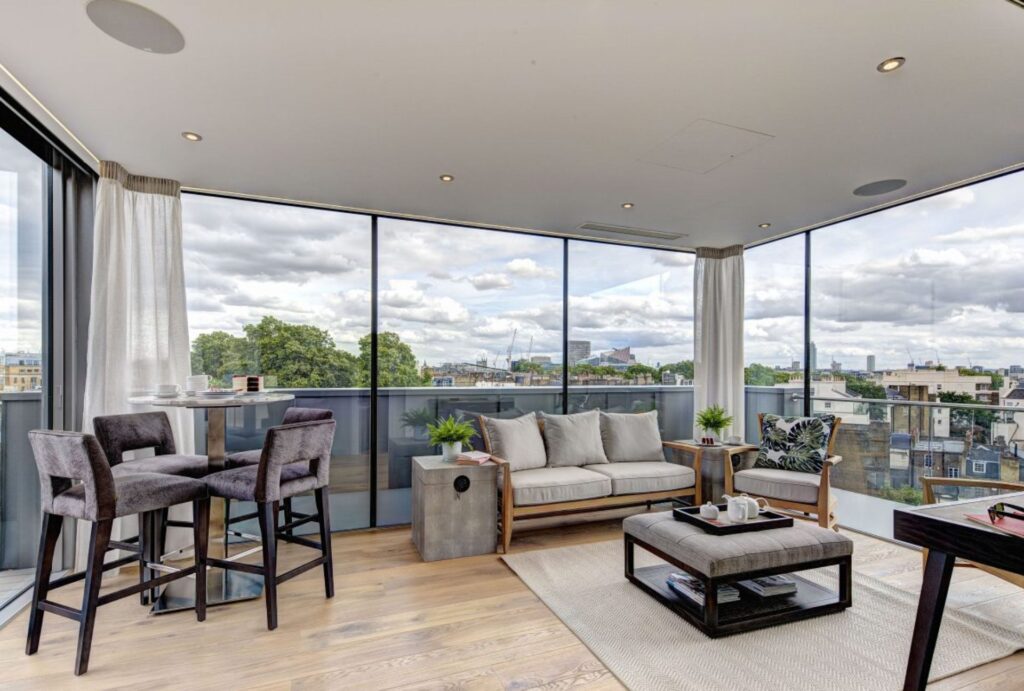
FAQs: About What Is Low-E Glass In NZ
Conclusion
If you’re looking for a way to improve your home’s energy efficiency, reduce power bills, and enhance indoor comfort, Low-E glass is a smart investment for Kiwis. With its advanced heat-reflecting technology, it helps keep your home warmer in winter and cooler in summer, cutting down on excessive heating and cooling costs. Not only does it lower energy consumption, but it also blocks harmful UV rays, protecting your furniture from fading while allowing plenty of natural light to brighten your space. Whether you’re building a new home or upgrading your existing windows, Low-E glass provides long-term savings, better insulation, and a more sustainable living environment. As New Zealand moves toward more eco-friendly and energy-efficient housing solutions, choosing Low-E glass is a future-proof decision that benefits both your home and the planet. To find the best Low-E glass option for your needs, consult a trusted glass specialist or request a free quote today to start enjoying the benefits of smarter, energy-efficient windows.
Find A Professional Window Company Near You!
About the Author:
Mike Veail is a recognized digital marketing expert with over 6 years of experience in helping tradespeople and small businesses thrive online. A former quantity surveyor, Mike combines deep industry knowledge with hands-on expertise in SEO and Google Ads. His marketing strategies are tailored to the specific needs of the trades sector, helping businesses increase visibility and generate more leads through proven, ethical methods.
Mike has successfully partnered with numerous companies, establishing a track record of delivering measurable results. His work has been featured across various platforms that showcase his expertise in lead generation and online marketing for the trades sector.
Learn more about Mike's experience and services at https://theleadguy.online or follow him on social media:

